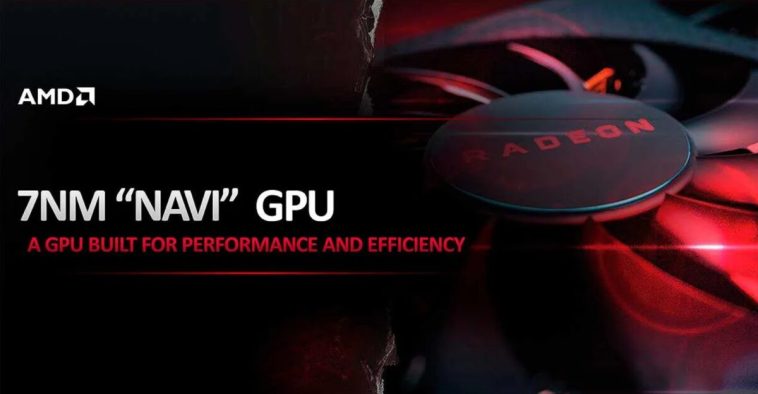AMD will introduce Zen 3 on October 8, and RDNA 2 on October 28. It’s official, AMD has confirmed to us that the Zen 3 presentation will take place on October 8. As expected, it will take place through an online event, and will begin at 6:00 p.m.
The company has also given the presentation date for the RDNA 2 architecture, which will take place a few weeks later, specifically on October 28 at 6 p.m. The fact that AMD wanted to separate the presentation of Zen 3 and RDNA 2 into two different events is intended, it indicates that both architectures are so “big” that they need their own event to shine.
As we mentioned before, AMD has decided to use the Radeon RX 6000 as a name code in its graphics cards based on the RDNA 2 architecture. It is a perfectly understandable move, since it allows the company to position it as a clear successor to the RX 5000, based in RDNA architecture.
- Intel targets cheap PCs with “Jasper Lake” processors
- Tiger Lake: 11th generation Intel Core processors are here
- AMD surprised everyone with a new production line: “bikes”
AMD Zen 3 and RDNA 2 features
That is a good question. About RDNA 2 we already published, at the time, an article dedicated to reviewing its most important keys, and in general our forecasts have not changed. We expect a significant performance increase, derived from profound changes at the microarchitecture level, the overcoming of the limitations that the RDNA architecture maintained in terms of shading engines and geometry and a full support of all DirectX 12 Ultimate technologies.

According to the latest information that we have been able to see, the sale price will also be quite competitive, and the top of the range of that new generation of AMD could be halfway between the RTX 3070 and the RTX 3080, at least in terms of gross power. it means. It remains to be seen what it is capable of working with ray tracing.
Regarding Zen 3, it will be the next generation of Zen 2, used in Ryzen 3000 processors. It will maintain the 7 nm process, but it will bring important improvements at the architecture level that will allow it to increase the IPC between 15% and 20%, at least in theory, since there is still nothing confirmed.
The new Ryzen 4000 processors, based on the Zen 3 architecture, will be compatible, with motherboards B450 and above, but will require a BIOS update to be able to use them. We do not expect an increase in the maximum number of cores and threads, which means that the more powerful model should repeat the 16-core and 32-thread configuration of the Ryzen 9 3950X.





